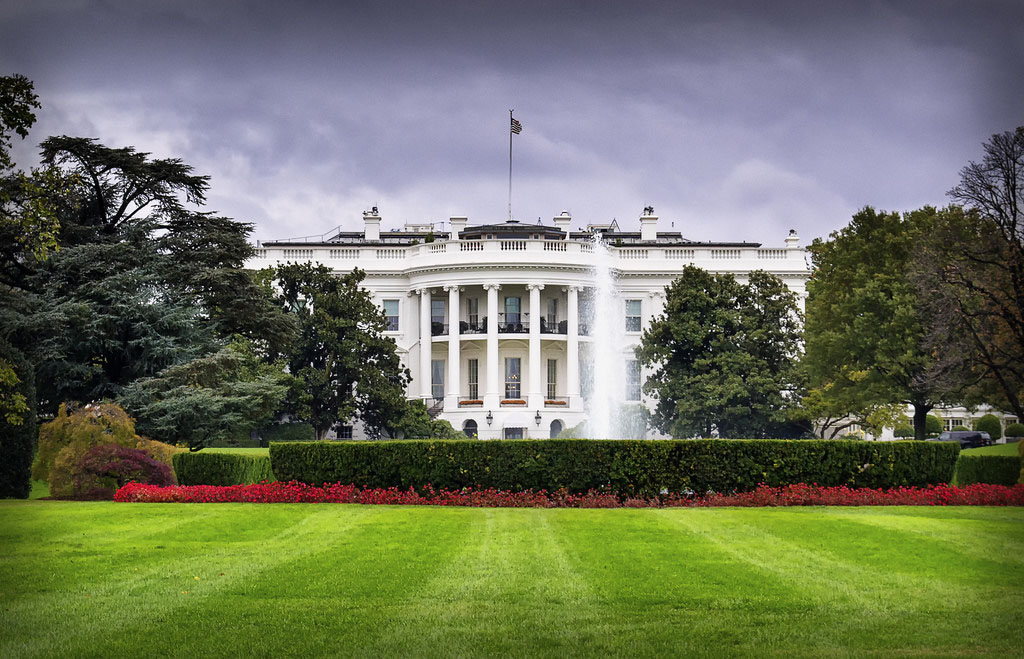Last updated at Tue, 03 Sep 2024 15:52:24 GMT
Yesterday President Trump issued an Executive Order on cybersecurity: “Strengthening the Cybersecurity of Federal Networks and Critical Infrastructure.”
The Executive Order (EO) appears broadly positive and well thought out, though it is just the beginning of a long process and not a sea change in itself. The EO directs agencies to come up with plans for securing and modernizing their networks; develop international cyber norms; work out a deterrence strategy against hacking; and reduce the threat of botnets – all constructive, overdue goals. Below are an overview, a highlight reel, and some additional takeaway thoughts.
Cybersecurity Executive Order Overview
Executive orders are issued only by the President, direct the conduct of executive branch agencies (not the private sector, legislature, or judiciary), and have the force of law. This cyber EO is the first major move the Trump White House (as distinct from other federal agencies) has made publicly on cybersecurity.
The cyber Executive Order takes action on three fronts:
- Federal network security. Directs agencies to take a risk management approach, adopt the NIST Framework, and favor shared services and consolidated network architectures (including for cloud and cybersecurity services).
- Protecting critical infrastructure. Directs agencies to work with the private sector to protect critical infrastructure, incentivize more transparency on critical infrastructure cybersecurity, improve resiliency of communication infrastructure, and reduce the threat of botnets.
- National preparedness and workforce development. Directs agencies to assess strategic options for deterring and defending against adversaries. Directs agencies to report their international cybersecurity priorities, and to promote international norms on cybersecurity.
Cybersecurity Executive Order Highlights
- Federal network cybersecurity:
- The US will now manage cyber risks as an executive branch enterprise. The President is holding cabinet and agency heads accountable for implementing risk management measures commensurate with risks and magnitude of harm. [Sec. 1(c)(i)]
- Agencies are directed to immediately use the NIST Framework for Improving Critical Infrastructure Cybersecurity (NIST Framework) to manage their cyber risk. [Sec. 1(c)(ii)]
- DHS and OMB must report to the President, within 120 days, a plan to secure federal networks, address budgetary needs for cybersecurity, and reconcile all policies and standards with the NIST Framework. [Sec. 1(c)(iv)]
- Agencies must now show preference for shared IT services (including cloud and cybersecurity services) in IT procurement. [Sec. 1(c)(vi)(A)] This effort will be coordinated by the American Technology Council. [Sec. 1(c)(vi)(B)]
- The White House, in coordination with DHS and other agencies, must submit a report to the President, within 60 days, on modernizing federal IT, including transitioning all agencies to consolidated network architectures and shared IT services – with specific mention of cybersecurity services. [Sec. 1(c)(vi)(B)-(C)] Defense and intel agencies must submit a similar report for national security systems within 150 days. [Sec. 1(c)(vii)]
- Critical infrastructure cybersecurity:
- Critical infrastructure includes power plants, oil and gas, financial system, other systems that would risk national security if damaged. The EO states that it is the government's policy to use its authorities and capabilities to support the cybersecurity risk management of critical infrastructure. [Sec. 2(a)]
- The EO directs DHS, DoD, and other agencies to assess authorities and opportunities to coordinate with the private sector to defend critical infrastructure. [Sec. 2(b)]
- DHS and DoC must submit a report to the President, within 90 days, on promoting market transparency of cyber risk management practices by critical infrastructure operators, especially those that are publicly traded. [Sec. 2(c)]
- DoC and DHS shall work with industry to promote voluntary actions to improve the resiliency of internet and communications infrastructure and “dramatically" reduce the threat of botnet attacks. [Sec. 2(d)]
- Agencies shall assess cybersecurity risks and mitigation capabilities related to the electrical sector and the defense industrial base (including supply chain). [Sec. 2(e)-(f)]
- National preparedness and workforce:
- The EO reiterates the US government's commitment to an open, secure Internet that fosters innovation and communication while respecting privacy and guarding against disruption. [Sec. 3(a)]
- Cabinet members must submit a report to the President, within 90 days, on options for deterring adversaries and protecting Americans from cyber threats. [Sec. 3(b)]
- Cabinet members must report to the President, within 45 days, on international cybersecurity priorities, including investigation, attribution, threat info sharing, response, etc. The agencies must report to the President, within 90 days, on a strategy for international cooperation in cybersecurity. [Sec. 3(c)]
- Agencies must report to the President, within 120 days, how to grow and sustain a workforce skilled in cybersecurity and related fields. [Sec. 3(d)(i)]
- The Director of National Intelligence must report to the President, within 60 days, on workforce development practices of foreign peers to compare long-term competitiveness in cybersecurity. [Sec. 3(d)(ii)] Agencies must report to the President, within 150 days, on US efforts to maintain advantage in national-security-related cyber capabilities. [Sec. 3(d)(iii)]
The Executive Order is just the start
As you can see, the EO initially requires a lot of multi-agency reports, which we can expect to surface in coming months, and which can then be used to craft official policy. There are opportunities for the private sector to provide input to the agencies as they develop those reports, though the 2-4 month timelines are pretty tight for such complex topics. But the reports are just the beginning of long processes to accomplish the goals set forth in the EO - it will take a lot longer than 60 days, for example, to fully flesh out and implement a plan to modernize federal IT. The long haul is beginning, and we won't know how transformative or effective this process will be for some time.

